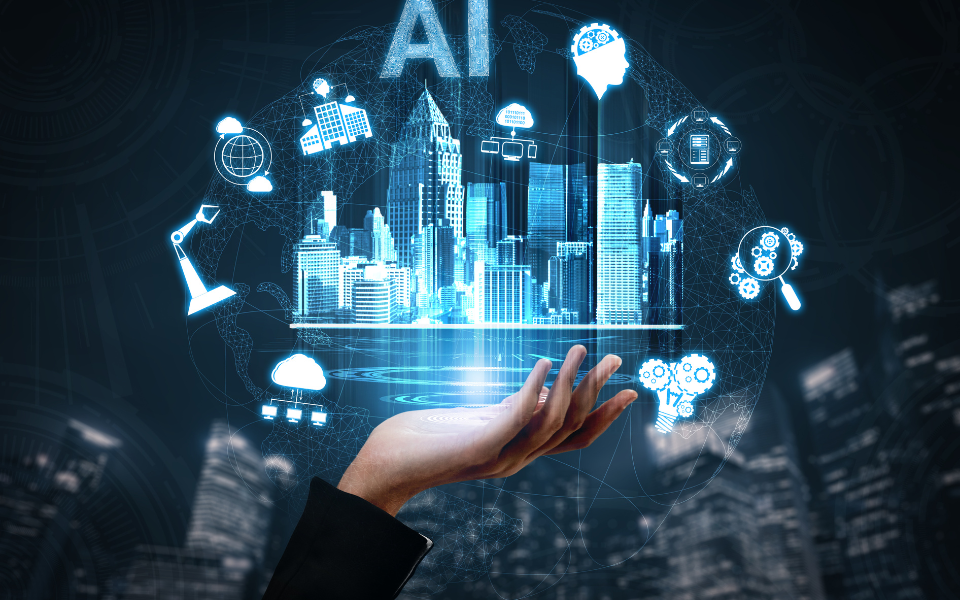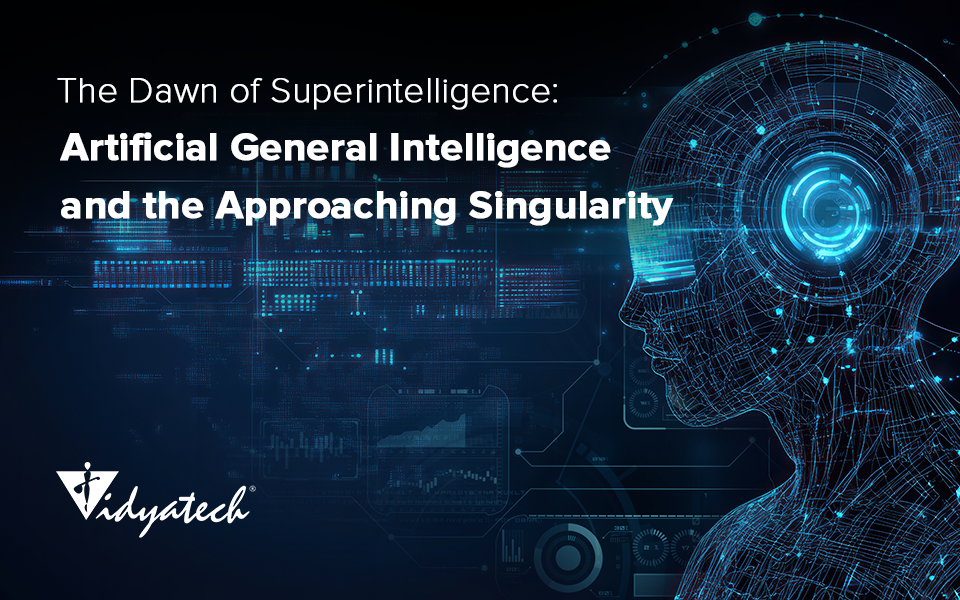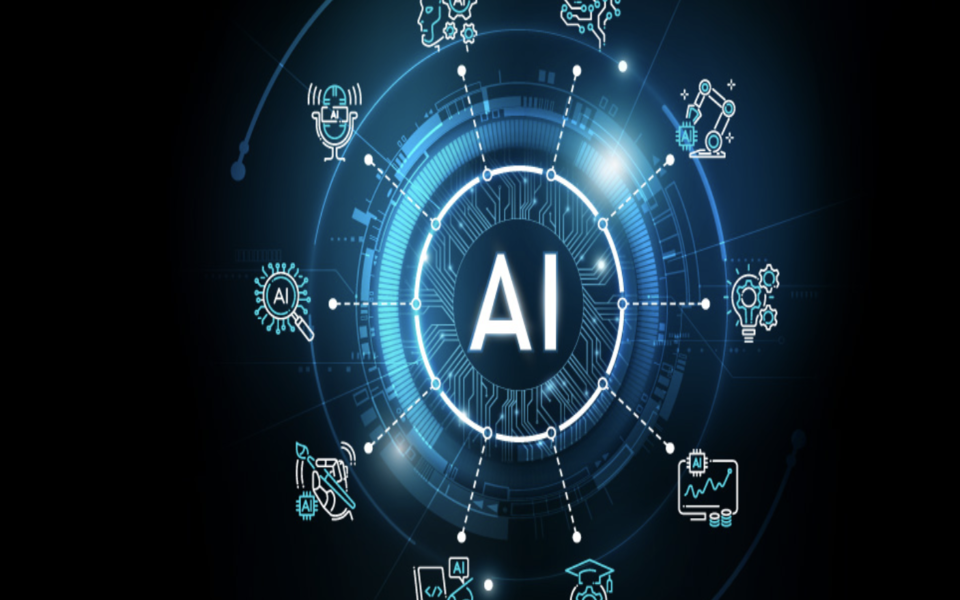Data science is becoming a vital tool in the design process. In fact, you can use data science and ML to create better products, grow your business and boost revenue. Many designers have used data science to improve their workflow, find new insights into consumer behavior, and even solve security issues on web applications. As designers become more aware of data engineering techniques, their role in product design is growing. This article will explain how data science can help designers at a fundamental level.
Data Science in Design
Although both terms are quite the opposite, they help in the improvement of the product when they are combined together. Data science is a valuable tool for designers who want to create personalized and adaptive products. Designers can use data science to collect information about the needs of their users and combine it with other sources of information, such as user experience and behavior, to create an experience that's uniquely theirs. How?
Data science empowers designers to do their job easier and better. Big data analysis with machine learning allows them to automate repetitive tasks, create new generations of algorithms that could never be made by a human, and find underlying patterns in data which can lead to significant new insights. This results in better designs, faster decisions, and smarter products.
Here are a few basic examples of how designing processes can be improved:
- Designing better user interfaces(UI) that work with machine learning algorithms to improve their accuracy
- Designing new products using machine learning algorithms to predict consumer behavior and Design new products based on that information
- Predict consumer behavior to determine where people will go next so that you can optimize your marketing strategy accordingly.
One of the best ways to do this is by using machine learning algorithms. When you have lots of data about how people interact with products, you can use that data to train your machine learning algorithms on how people interact with products. Then, when you want to predict what will happen next, you can use your trained algorithm to analyze the new data and see if it matches up with any patterns you've seen before.
How Does it Work?
The following examples illustrate how designers can use data science in their design process:
- Determine what features are most important to users by analyzing usage data. This allows you to focus on features that will be most valuable for your users without wasting resources on features that may not be useful or even harmful to the user experience. (For instance, if you find out that your users don't like app notifications, you could remove them from the settings menu).
- Analyze usage patterns among different groups of people with similar characteristics (for example, age, gender, and geography) so that you can better serve people who have specific needs or interests. This can help design a product that appeals broadly while also being relevant specifically to those who need it most.
- Create an algorithm based on user behavior so that new products can be built around certain behaviors or preferences without needing any additional input from designers themselves.
Application of Data Science in Design
Here are the real-world applications where data science can be utilized in product design:
-
Industry knowledge
When it comes to product design and development processes, the importance of industry knowledge cannot be underestimated. Customers generally pay close attention to product design. Much focus is placed on the esthetics and emotional context concealed under shapes, colors, and textures. Industry expertise, consumer wants, and preferences may significantly contribute to a product's market success.
But how can a product be designed to satisfy customers' wants, match their expectations, and adequately perform all required functions?
This is the point where multiple sorts of information should be combined to build a product that meets all of these objectives. The phrase 'design thinking' is frequently used to describe the answer to this discovery process.
Furthermore, data science algorithms and methods contribute to the collection and analysis of data to obtain as many relevant insights as possible. These insights will be addressed during the design thinking process to personalize decision-making, forecast consumer behavior, and so on. Overall, the combination of data available and strategies will result in a product that is so near to being perfect that buyers will be eager to buy it.
-
Product Development:
Designing a new product from scratch and bringing it to market is known as new product development. One of these actions is product design. Before releasing a product to the market, data science algorithms can assist in uncovering hidden patterns and trends. Millions of product evaluations, comments, and discussions provide a large area for sophisticated analysis.
-
Human-Centered Design:
Human-centered Design is a new design and management framework focused on developing diverse solutions based on the human perspective. It is based on the notion of participatory action research. Thus, problems are resolved through stages of observation, initial framing, monitoring, analysis, and so on.
Human-centered Design has various advantages for businesses. It results in the development of highly usable and practical goods. As a result, the customer obtains a simple-to-use product, and you save money on help desks and support systems. Furthermore, human-centered Design has the potential to reduce stress levels and boost productivity, efficiency, variety of capabilities, and accessibility.
The goal of this framework is to create a product that is ideal for a consumer. As a result, many additional data science applications, such as customer segmentation and meaning and sentiment detection, are essential for human-centered Design.
-
Building Smart Homes with Data:
Big Data has recently infiltrated many aspects of human life. It has significantly impacted how we live, manage our homes, and create them. As a result of this current technology, our homes have evolved into smart homes.
Furthermore, implementing modern technologies aims to make ordinary jobs easier for humans. However, the advancement of these technologies does not appear to be slowing down. As a result, house design must adapt and alter to meet new demands.
Home automation and smart integrated solutions need some level of personalization and the flexibility to be altered in response to consumer preferences. And without data science algorithms and methodologies, self-learning and adaptive, innovative home frameworks are unachievable.
-
Game Development
Big data has also become a significant driving force in game design. The most extensively used strategy in game production is data-oriented/driven game design. Traditional supervised learning techniques are ideal for enhancing game design.
The data-driven game design focuses on optimizing the game's multiple system layers. Thus, you can leverage data science techniques to optimize a specific area of code, such as animation, navigation, cache utilization, etc. As a result, the rate of consumer satisfaction will rise.
Any game designer's mission is to use their creativity and new technologies to develop an engaging, intuitive, and simple game. In this scenario, data science assists this designer in making data-driven judgments and testing his ideas before bringing them to reality.
-
UX Design:
Due to the widespread use of data science, web development and UX design have significantly improved. But how?
Unquestionably, these fields demand a solid creative foundation and a particular interest in art. As data science became more prevalent in web design, the process became more data-driven, rational, and well-organized. Let's look at a few shining examples of how data science might enhance your web design services.
Customer segmentation and personalization allow us to create flexible and responsive website designs. You can present your clients with unique, enticing graphics and color combinations by gathering information, making a customer feel satisfied and valuable to the business in this manner.
The same image could be utilized for various reasons and affect customer segments differently. Therefore, it is helpful for the website design process to analyze their responses.
Designing websites that are incredibly responsive, user-friendly, and logically structured is made possible by data analysis. More people visit, remain on the website longer and become devoted fans and consumers because it is attractive and easy to use.
Besides, the collection of customer insights and the monitoring of associated website metrics are made easier by the application of various machine-learning techniques and algorithms.
Conclusion
All in all, data science and machine learning can bring valuable insights to the table. By analyzing large quantities of data and extracting hidden patterns, machines can extract information that's impossible to see otherwise. As smart as they are, designers don't have time to research every possibility and cross-reference every possible factor when making a design—but with machine learning, they don't have to. This is one of the many use cases where data science can simplify a designer's workload and improve the user experience.
That said, designers need to consider data science as an applied technology, not just a theoretical technique. They should treat data science like a dialectic equal to Design, able to be used in tandem with design methods and practices. We are in the early stages of seeing how Data Science can fit into the Design toolkit.



































